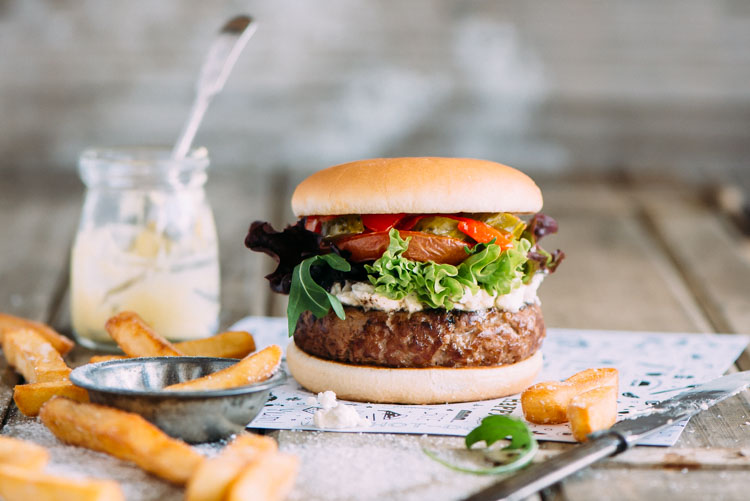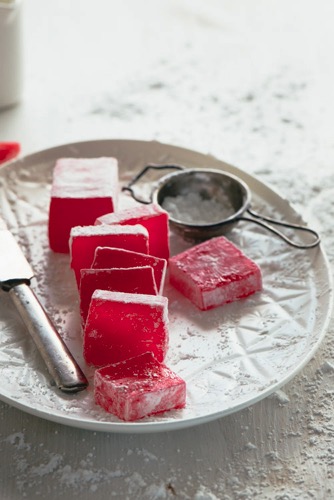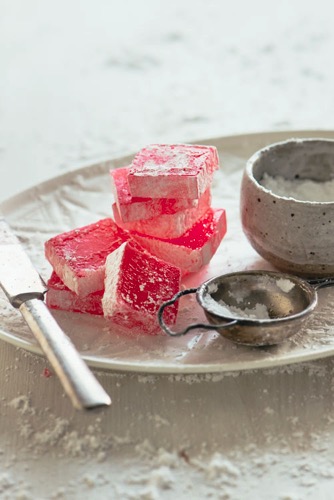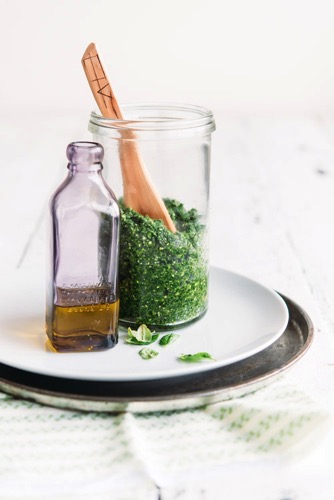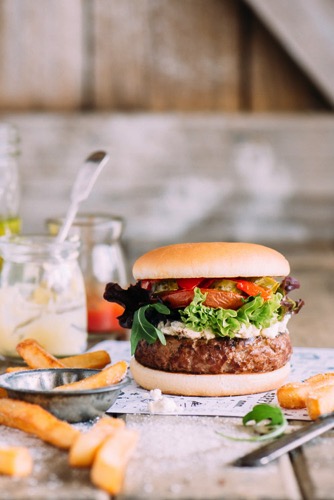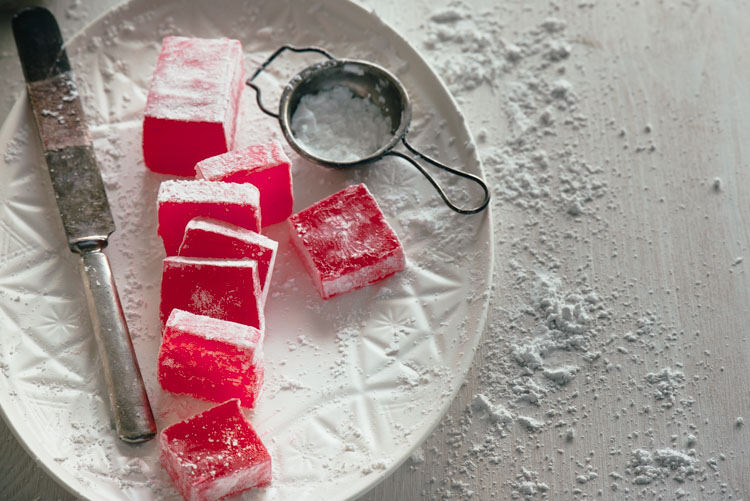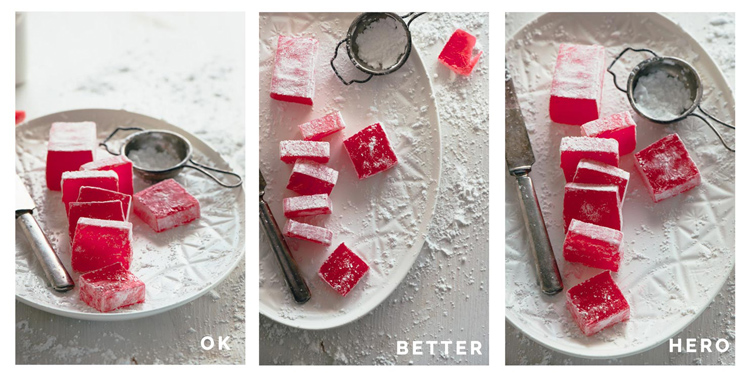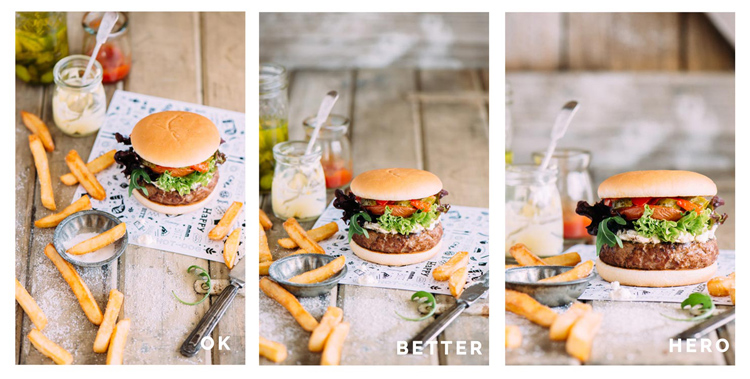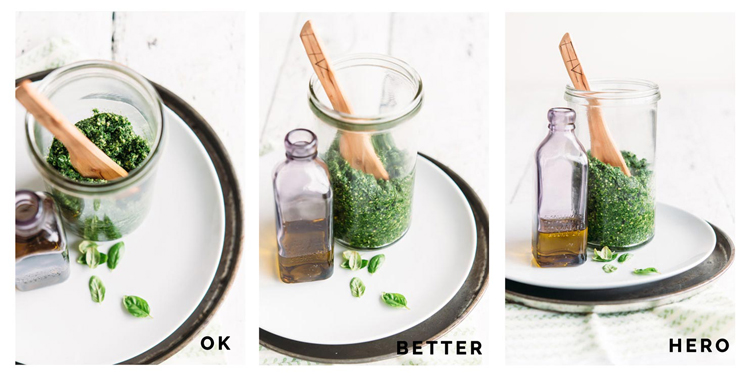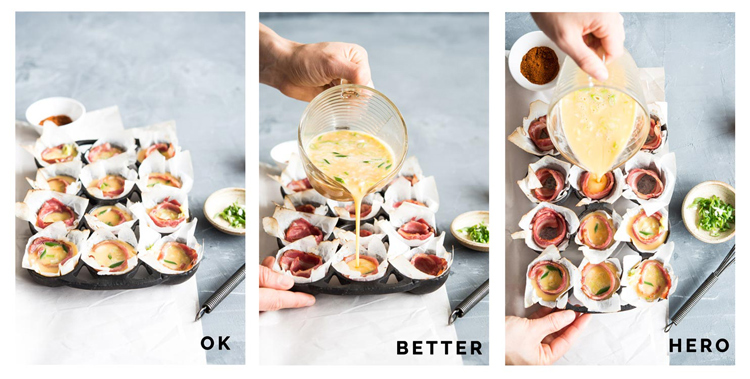Introduction
When it comes to food photography, capturing the perfect shot can make all the difference. Have you ever looked at a photo of a delicious dish and felt that something was off, but couldn’t quite pinpoint the issue? Chances are, the photographer didn’t find the hero angle of the food. To create a powerful food image, it is essential to consider two key factors: the height of the dish and props, and the layers present in them.
The Height of Your Dish and Props
The height of the food can be categorized into two groups: tall or flat. When dealing with tall subjects such as bundt cakes, ice cream cones, or stacked burgers, the ideal shooting angle is usually between a 45-degree angle and straight on. Going beyond 45 degrees may limit the visibility of the full dish and its layered components. On the other hand, flat subjects like tarts, cookies, or pancakes are best captured from a straight above to a 75-degree angle. Going too close to 45 degrees may emphasize their flat qualities.
But what about dishes that don’t fit neatly into these categories? What about soups, salads, or liquids? The answer lies in their presentation and the food styling props used. Certain foods, like burgers or cakes, can stand on their own. However, foods like soups, salads, and puddings rely on the type of serve-ware in which they are presented. For example, soup can be served in a bowl or a tall shot glass, while salad can be presented on a plate or a glass bowl. The container or holder for liquids can also impact the overall appearance. It could be tall, short, opaque, or even a flat tray if the intention is to freeze it and turn it into granita. Understanding the role of props and their impact on the food story is essential in achieving the desired effect.
The Layers in Your Dish and on Set
Another crucial aspect of food photography is considering the layers both within the dish and on the set. Layers in the dish refer to the visual components of a recipe. For example, a burger can have multiple layers like bun, meat patty, cheese, sauce, tomato, lettuce, and more. A layer cake can have several layers of cake, jam, and cream. To capture the best food photography shots, it is important to choose an angle that showcases these layers and highlights their textures.
In addition to the layers in the dish, the photographer must also consider the layers present on the set. These layers refer to the elements or props placed on top of one another. For instance, a napkin, plate, and garnish could be three layers that appear stacked. It is worth noting that the food or recipe itself should not be counted as a layer since it is always present. If the prop layers contribute significantly to telling the food story, it is crucial to ensure that the chosen angle captures these elements effectively.
Putting it all Together
To find the hero angle in food photography, it is necessary to bring together the considerations of dish height and layers. By marrying these two elements, photographers can determine the most impactful angle for capturing the essence of the dish.
To illustrate this, let’s explore a few examples. In the case of Turkish Delight, a flat dish without layers, different angles were tested: a 105mm micro lens at a 25-degree angle, overhead, and 75-degree angle. Although one might assume that the overhead angle would be the most flattering, the 75-degree shot emerges as the hero angle. This angle allows the photographer to capture the beautiful light filtering through the Turkish Delight, enhancing its rich color. The 25-degree angle accentuates the flatness of the dish and detracts from its overall appeal.
For a tall dish with layers like a burger, various angles were also tested: a 105mm micro lens at a 45-degree angle, 25-degree angle, and straight on. The hero angle in this case is the straight-on shot. This angle allows viewers to focus on the delicious layers of the burger, elongating its height and creating an impactful composition. The 45-degree angle lacks context, while the 25-degree angle makes the top bun appear flat.
In the example of Kale Pesto, a tall dish without layers, different angles were explored: a 60mm micro lens at an 85-degree angle, 45-degree angle, and straight on. As pesto is a sauce or condiment, its presentation in tall glassware was essential to convey its quantity and usage. The straight-on angle emerged as the hero angle as it provides an overall sense of how the dish is served and stored while showcasing the texture of the pesto. The 45-degree angle allows for plate reflection in the glass, hindering the visibility of the pesto’s texture.
Lastly, Egg and Bacon Muffins, a flat dish with layers, were examined using a 60mm lens at a 45-degree angle, 30-degree angle, and overhead angle. Here, the overhead shot was identified as the hero angle. This angle offers a clear view into the dish, capturing the action of pouring the egg filling into each compartment while highlighting the layers. The 45-degree angle emphasizes the flatness of the dish, and the 30-degree angle does not fully showcase the layers as effectively as the overhead shot.
Conclusion
In conclusion, finding the hero angle in food photography is crucial for creating powerful and visually appealing images. By considering the height of the dish and props, as well as the layers present in the dish and on set, photographers can capture the essence of the food and tell its story effectively. It is advisable to explore different angles, outside the recommended ones, to find the perfect shot. Next time you’re conducting a food photography shoot, keep these tips in mind and experiment with angles to discover your own hero shots.
The article is compiled and compiled by tipcamera.com


